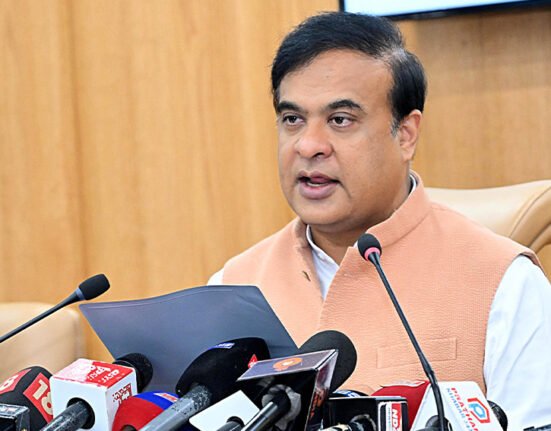I see the ongoing push by the US administration for reciprocal tariffs as a critical issue for India’s dairy sector, one that carries high stakes for our rural economy and millions of livelihoods. Indian policymakers are understandably alarmed by the potential consequences of relaxing import restrictions, which could unravel the hard-earned stability our dairy industry has enjoyed for over 30 years.
India proudly holds its position as the world’s largest milk producer, a title we’ve maintained for more than two decades. In 2024 alone, our dairy sector churned out an estimated 239 million metric tonnes (mmt) of milk, accounting for roughly 25% of global production and contributing 5% to our national economy. This isn’t just about numbers—it’s about people. The sector sustains over 80 million farmers, predominantly small-scale producers in rural areas, who form the backbone of our agrarian society.
Compare this to the US, where dairy farming paints a starkly different picture. In 2024, the US produced around 104 mmt of milk, but from just 24,470 farms—a steep fall from the 6,00,000 farms dotting its landscape in the 1970s. Today, over 45% of American dairy farms manage herds of 2,500 cows or more, while smaller farms (with fewer than 1,000 cows) make up only 35%. Agricultural trade expert Devinder Sharma highlights a key advantage for these large US farms: hefty subsidies. These financial crutches empower them to push for greater market access in countries like India, where our farmers operate without such cushions.
RS Sodhi, president of the Indian Dairy Association, drives this point home. He notes that the US pumps approximately $30 billion into its agricultural sector, with $10 billion earmarked specifically for a handful of dairy farms. In contrast, India’s 80 million dairy farmers receive no subsidies. Sodhi’s stance is firm: there’s no room for compromise in trade negotiations when it comes to dairy. “Any tweak to our current dairy policy could throw the sector into chaos, jeopardising the livelihoods of millions. Fair competition demands equal footing, not a lopsided playing field,” he argues.
The numbers tell a story of their own. In 2023, US exports of consumer-oriented, ready-to-use dairy products to India were worth $39 million—a modest figure, constrained by India’s protective tariffs and restrictions. A United States Department of Agriculture report underscores how these policies hinder the US from expanding its foothold in our market. For Indian policymakers, this is precisely the point: safeguarding our dairy sector isn’t just economic strategy—it’s a matter of survival for millions of rural households.
From an Indian perspective, the contrast couldn’t be clearer. Our dairy industry thrives on the resilience of small farmers, not the might of subsidised giants. As negotiations loom, the government must hold the line. The stakes are too high to gamble with the lifeline of 80 million families.







